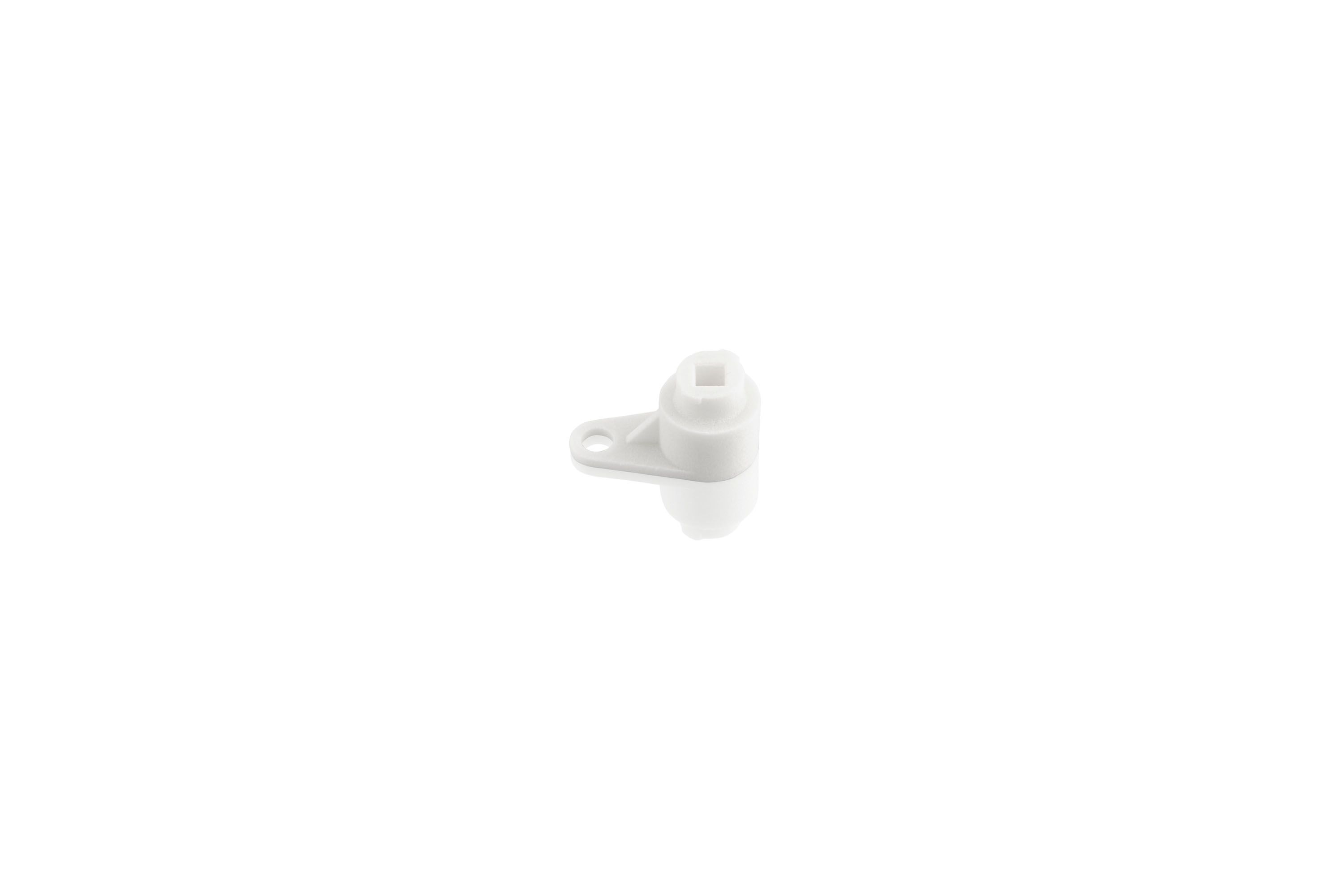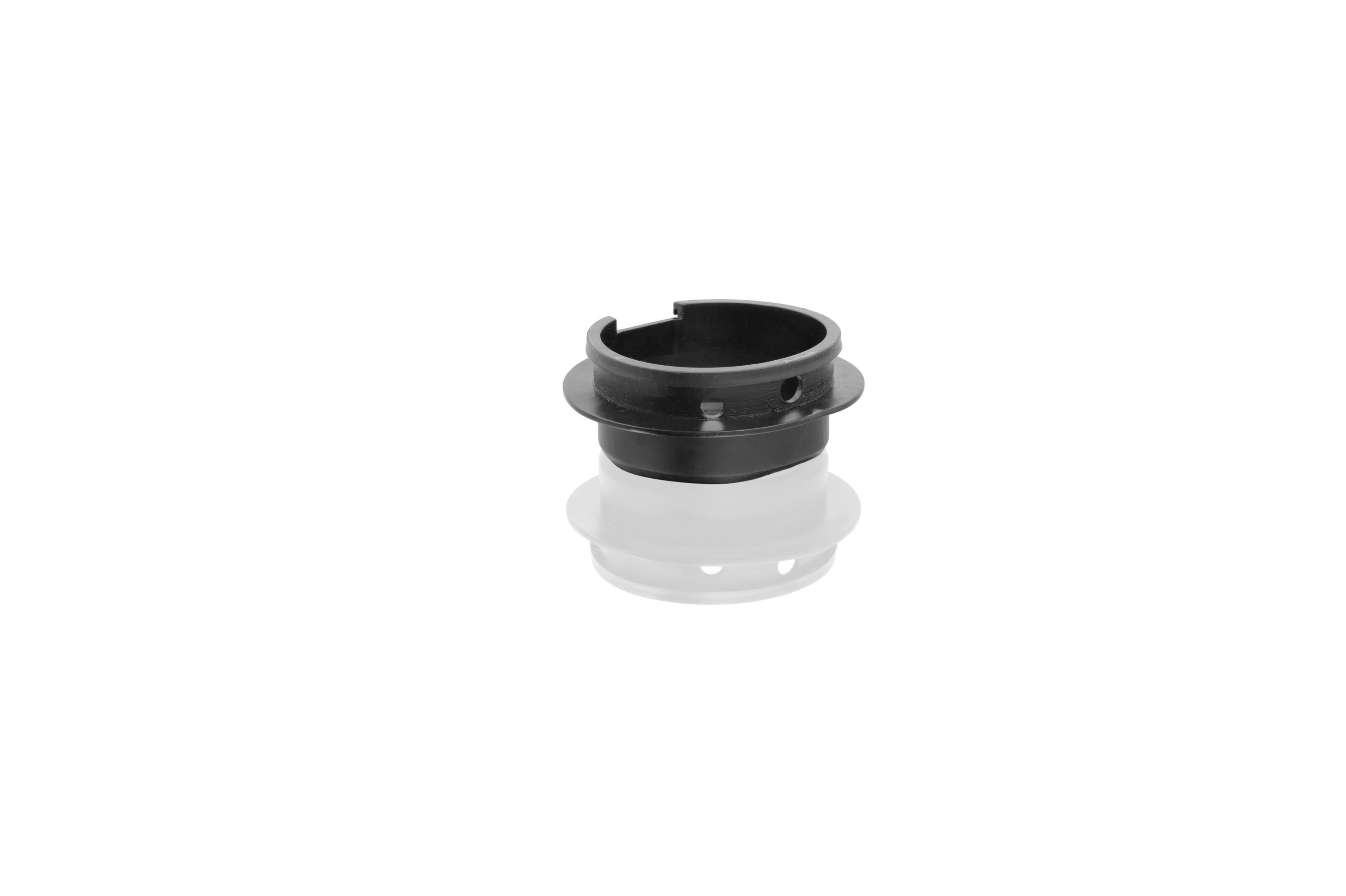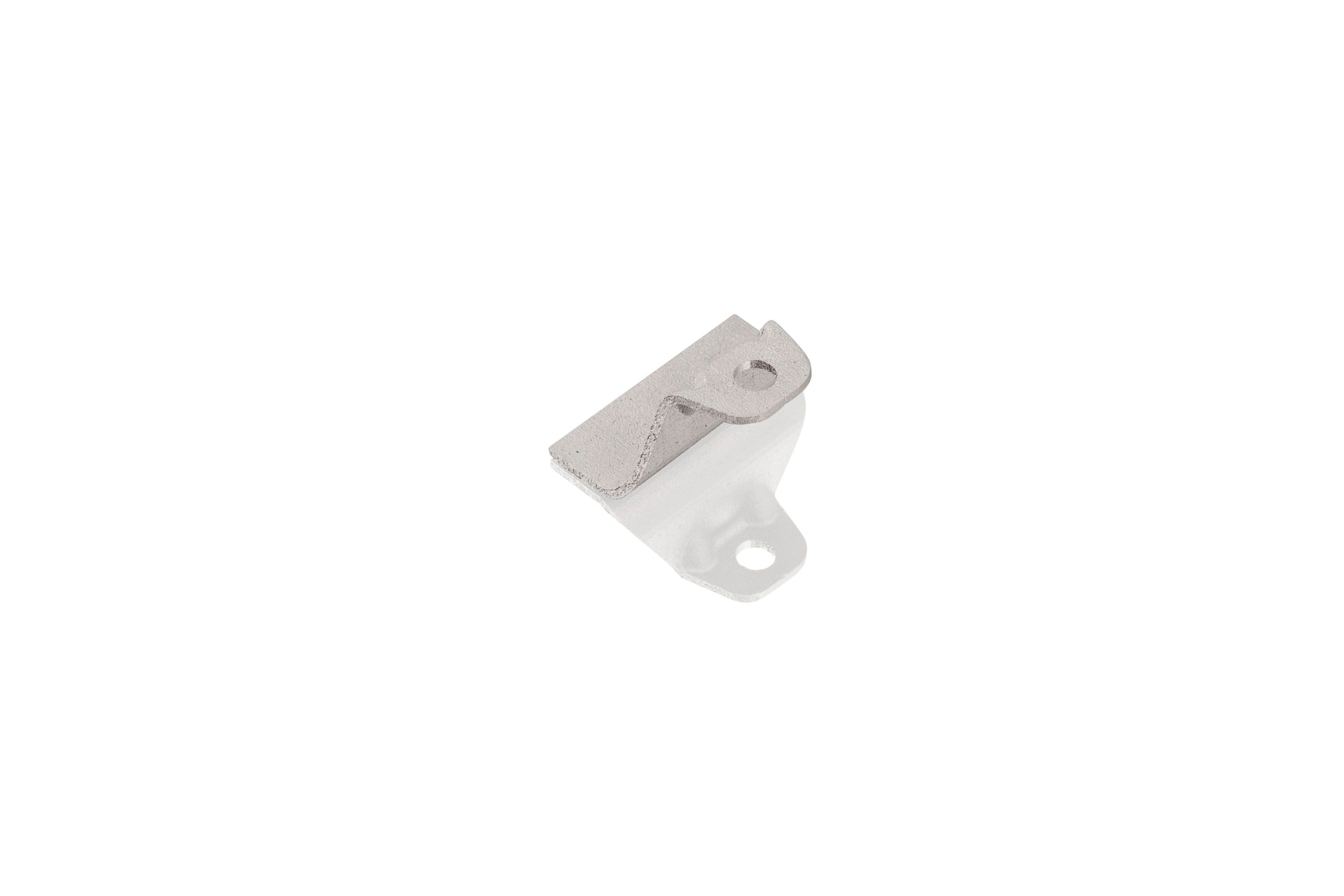Ask anybody who restores classic cars, either for fun or for a living, what the biggest challenge is in completing these projects. The most common answer you’ll get is “supply,” as in the supply of classic car parts that have become impossible to find today. In times like this, alternative ways to get these parts are your best bet, and in the case of Porsche Classic, it found a way to do just that. Its secret? 3D printing.
Porsche Classic is a division under Porsche that works solely on restoring the brand’s classic cars. Part of its job is to find ways to bring its classic car parts to life. In the absence of the originals, Porsche Classic has relied on 3D printing to solve these problems. The extent of the division’s work now involves the ability to create plastic or metal parts using the process.
In the case of plastics, Porsche Classic uses a method called “selective laser sintering.” This process involves heating a material just below its melting point before a laser fuses the material together. The process itself is more expensive than your typical 3D printing solutions, but it’s become a necessary step for Porsche Classic to help ensure that a piece of equipment like a mirror base for the 911 Speedster can be created in the absence of finding an original piece.
As far as metal parts go, a different process, called “selective laser melting,” gets the job done. This process involves putting a layer of powdered steel on a plate. A light beam then melts the powder to a specific shape, and that process is repeated layer by layer until the specific part is complete.
At the moment, Porsche Classic is capable of 3D-printing nine different parts, including the clutch release lever for the Porsche 959, a part that Porsche doesn’t even manufacture any more. The division also has plans to create another 20 parts in the hopes that these parts will turn into feasible solutions to address the supply issues plaguing some of its classic cars.
While it’s too early to assume that 3D printing will be able to produce classic parts that have bitten the dust, the technology does open the door for restoration divisions like Porsche Classic to have an ace up its sleeve in moments of despair.
References
Read more Porsche news.
Read more technology news.



